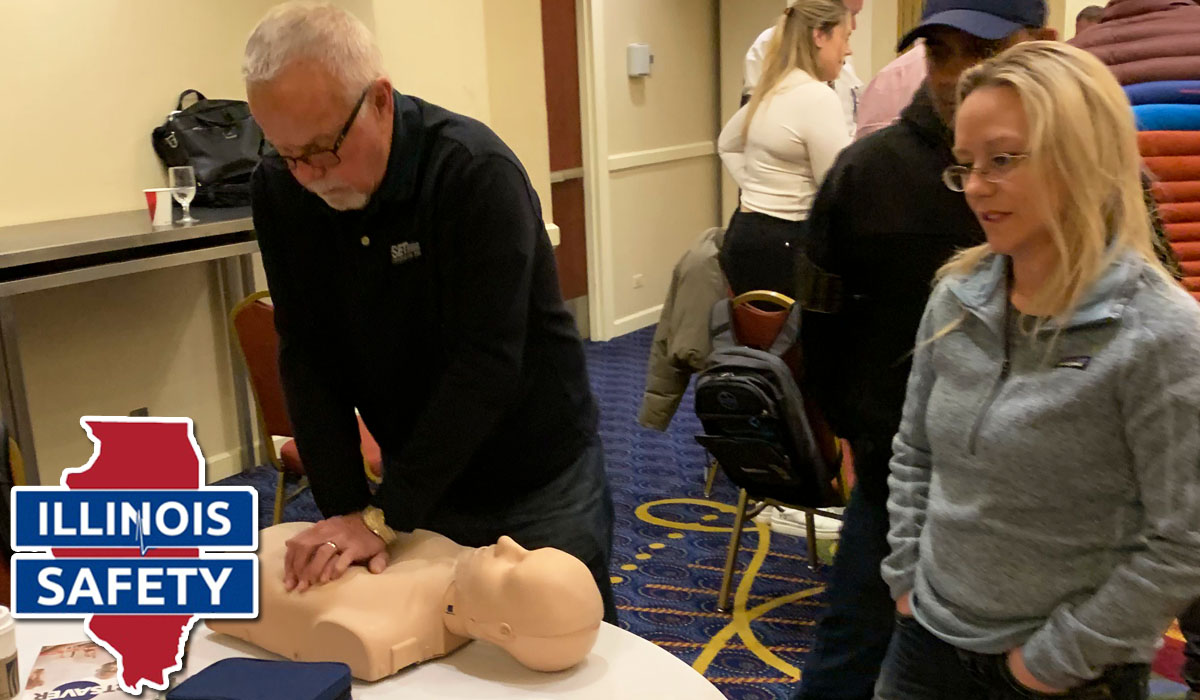
Unleashing The Hero In You: Comprehensive CPR And First Aid Training
Empower Your Inner Hero: Expert CPR And First Aid Training Guide
Professionals understand the weight of responsibility, the importance of being prepared, and the value of expertise. Illinois Safety elevates these principles by offering unparalleled CPR and first aid training designed specifically for those who demand excellence. Nestled in the heart of Chicagoland, our firefighter/paramedic-owned and operated facility boasts instructors with firsthand experience from the field. Each class is meticulously curated, ensuring you’re trained and empowered. Explore our services suite, or contact us at (630) 290-4280 to harness these pivotal skills and set the gold standard in your professional arena. Embrace this moment; be the difference when it counts.
Importance Of CPR And First Aid Training In Everyday Life
In today’s fast-paced world, emergencies can arise unexpectedly. For many, the instinct to help is immediate, but without the proper knowledge, even the best intentions can fall short. Whether you’re a healthcare professional, an educator, a parent, or a bystander, CPR and first aid classes give you the confidence and competence to act decisively in life-threatening situations.
It’s not just about performing chest compressions or dressing a wound. It’s about understanding the situation, assessing it quickly, and acting precisely. With Illinois Safety, the learning experience is amplified. Our instructors, current firefighters and paramedics, enrich the training with their real-world experiences. This makes the learning experience more authentic and reinforces the relevance and applicability of the techniques taught. Every second counts in emergencies; with proper training, those seconds can mean the difference between life and death.
Obtaining CPR First Aid Certification: A Step Towards Lifesaving Skills
As medical knowledge evolves, so do the methods and best practices for life-saving interventions. When you seek a CPR first aid certification, you’re not just obtaining a piece of paper. You’re entering a community committed to the highest standards of emergency care. This certification verifies your skills, underlining your ability to act effectively when it matters most.
Illinois Safety’s certification program, aligned with the American Heart Association’s guidelines, ensures you learn the most up-to-date methods. This not only instills confidence in those you might aid but also in employers, colleagues, and family members who recognize the value of your certification. For professionals, this certification can enhance career prospects, while for individuals, it represents a personal commitment to the well-being of those around them.
Creating A Safer Community With CPR And First Aid Training
Community safety is a collective effort. Imagine a scenario where many community members are well-trained in CPR and first aid. The chances of survival in emergencies skyrocket. In times of crisis, people won’t be spectators but active participants in creating positive outcomes.
By offering CPR and first aid training on-site for various establishments like schools, gyms, corporate businesses, and daycares, Illinois Safety bridges the gap between need and accessibility. It’s more than just a training session; it’s an initiative to cultivate a community where safety is second nature. As more people acquire these skills, a ripple effect is created, inspiring others to learn and further strengthening the community’s safety net. In the end, a community well-equipped with the knowledge of CPR and first aid is a community that stands resilient in the face of adversity.
Choosing The Right CPR First Aid Course
CPR and First Aid stand as pillars of emergency response. But with numerous courses available, how does one select the right training program? Your decision shouldn’t be based merely on convenience or cost but on the comprehensive quality and relevance of the course to your needs. Here’s a guide to assist you in making an informed choice:
1. Determine Your Objective
Before diving into course options, identify your motivation:
- Are you a healthcare professional enhancing your qualifications?
- Is it a workplace requirement?
- Do you want to be prepared as a parent or caregiver?
- Or is it personal readiness for unforeseen emergencies?
Knowing your “why” helps narrow down courses tailored to your specific needs.
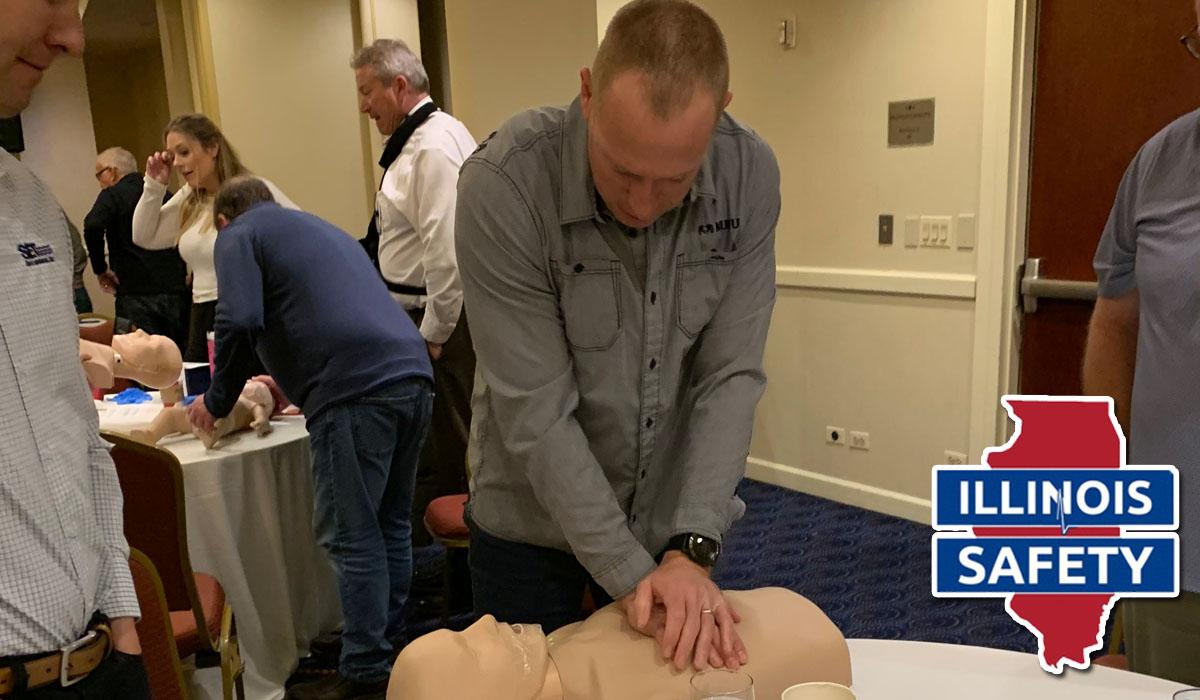
2. Accreditation Matters
Always opt for courses accredited by recognized institutions, like the American Heart Association. Accredited courses adhere to high standards and are often updated with the latest medical guidelines.
3. Hands-On Training Vs. Theory
While understanding the theory behind CPR and First Aid is essential, hands-on training is crucial. A good course will balance both, allowing participants to practice on manikins, understand AED operations, and simulate real-life scenarios.
4. Experienced Instructors
Learning from seasoned professionals enriches your training experience. For instance, Illinois Safety instructors, being current firefighters and paramedics, bring invaluable real-life insights into the classroom.
5. Course Duration And Content
Some courses are concise, covering basic life support, while others delve deeper, incorporating aspects like pediatric care or addressing injuries. Ensure the course content aligns with your objectives.
6. Certification Validity And Renewal
Most CPR first aid certifications are valid for two years, post which a refresher course might be needed. Understand the renewal process and whether the institution offers recertification courses.
7. Reviews And Recommendations
Sometimes, the best insights come from past attendees. Look up reviews, ask for recommendations, or consult peers who’ve undergone similar training.
8. Location And Flexibility
While some might prefer an in-person class setting, others might lean towards online courses due to geographical constraints or personal preferences. Many institutions, like Illinois Safety, offer both, even providing on-site group training.
9. Cost Implications
While cost is a factor, it shouldn’t compromise the quality of the course. Remember, this is an investment in a skill that could save a life.
Choosing the right CPR first aid course is a decision that demands careful consideration. Equipped with the proper knowledge and training, you can be a beacon of hope in critical situations, emphasizing the adage that sometimes the hero isn’t wearing a cape but a certification badge.
Real-World Applications Of CPR And First Aid Training
The skills you learn through our courses are more than just theoretical. They are practical tools that can be applied in real-world situations. From heart attacks to choking incidents, your training puts you in a position to make a real difference.
Best Practices for Maintaining Your CPR first aid certification is more than a formality; it’s about staying current and effective. We offer refresher courses and guide best practices, ensuring your certificate reflects your expertise and commitment.
Building A Culture Of Safety
Encouraging CPR and first aid classes in Your Community Promoting a safety culture goes beyond individual training. By encouraging others to take CPR and first aid classes, you help foster a community-wide culture of preparedness. Together, we can make safety a community value.
Conclusion
Empower yourself and others with the gift of life-saving skills. Illinois Safety is here to guide you through your journey with our specialized courses and experienced instructors in the Chicagoland Area. You’re not just learning techniques; you’re becoming a hero. Don’t wait to make a difference. Explore our services today or contact us at (630) 290-4280 to schedule on-site classes at your location. Together, we can create a safer tomorrow.
Illinois Safety Offers The Classes As Follows:
Other Articles We've Hand-Picked For You:
Frequently Asked Questions
Comprehensive refers to a holistic approach, covering all essential elements, skills, and scenarios to prepare individuals for real-life emergencies.
Being comprehensively trained ensures you’re equipped to handle various situations, increasing the likelihood of positive outcomes.
Refreshing skills and knowledge at least every two years is generally recommended, but more frequently if guidelines or techniques change.
Yes, with dedication and the right instruction, individuals from all backgrounds can master life-saving techniques.
Real-life emergencies can be unpredictable and may not follow the dramatic sequences seen in entertainment. Proper education teaches you to navigate these complexities efficiently.
While online courses offer flexibility, in-person instruction often provides hands-on experience, crucial for mastering life-saving techniques.
Regularly attending refresher courses, practicing with mannequins, and engaging in scenario-based drills can help you stay prepared.
Basic courses cover fundamental techniques, while comprehensive ones delve deeper into various situations and advanced methods.
Consider your personal or professional goals, and research institutions like Illinois Safety that offer tailored courses to meet those needs.
Organizations like the American Heart Association provide valuable resources, guidelines, and updates on life-saving techniques and best practices.
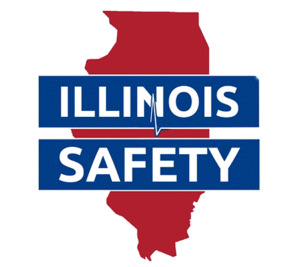
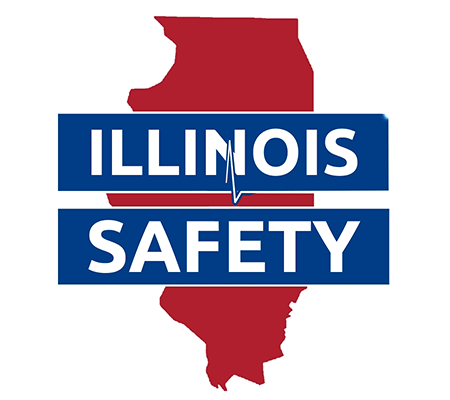
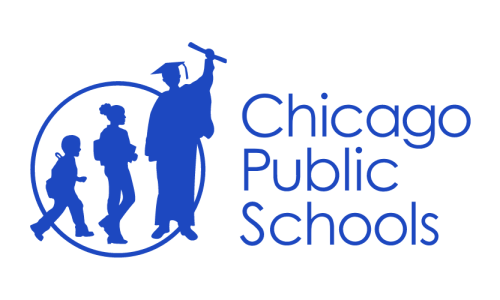






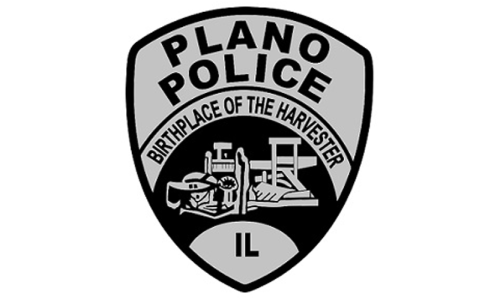
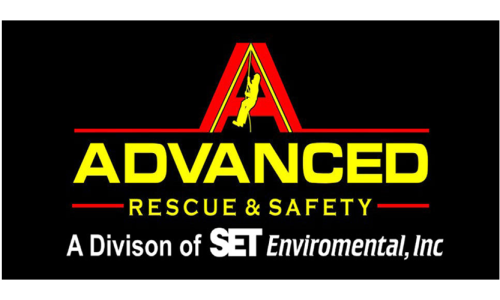
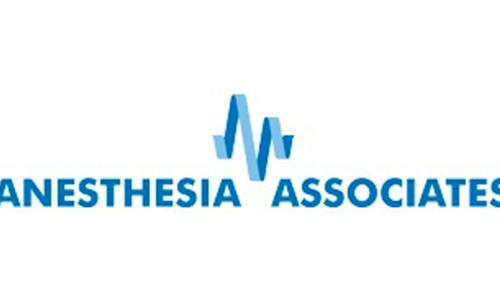
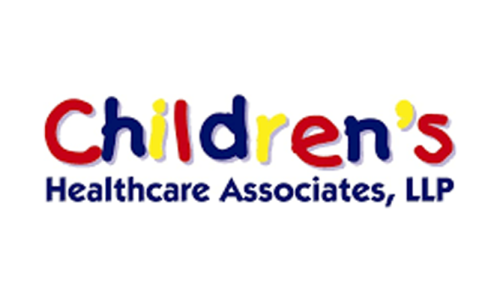
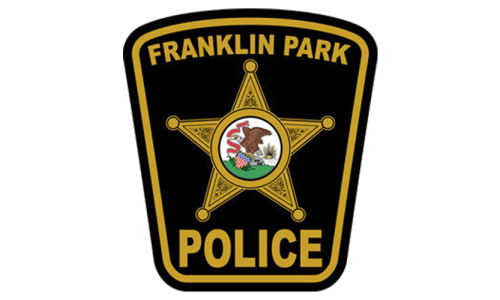


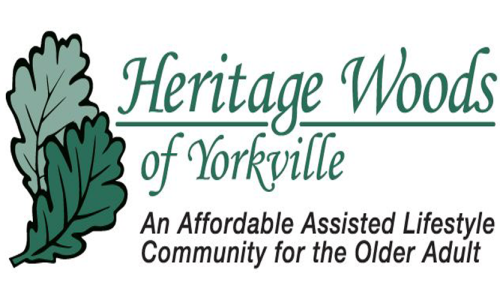
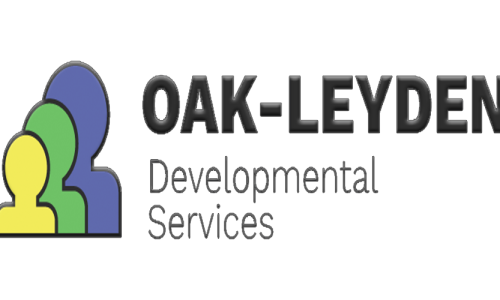
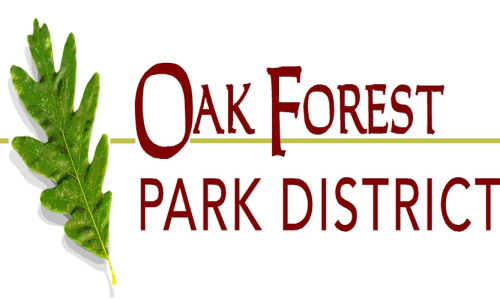

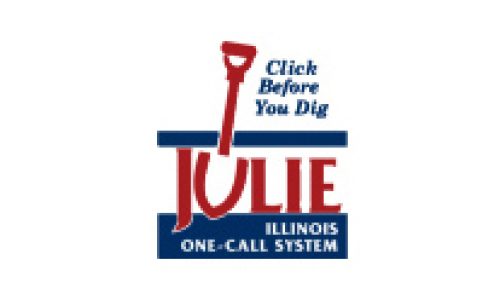


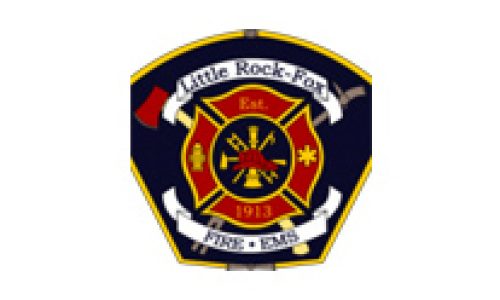

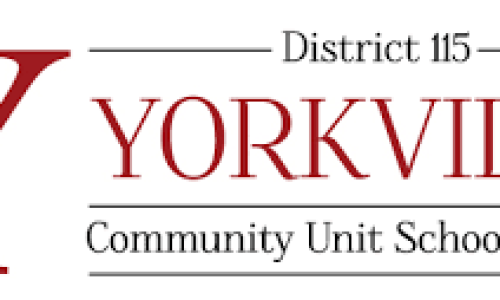




 Powered by
Powered by